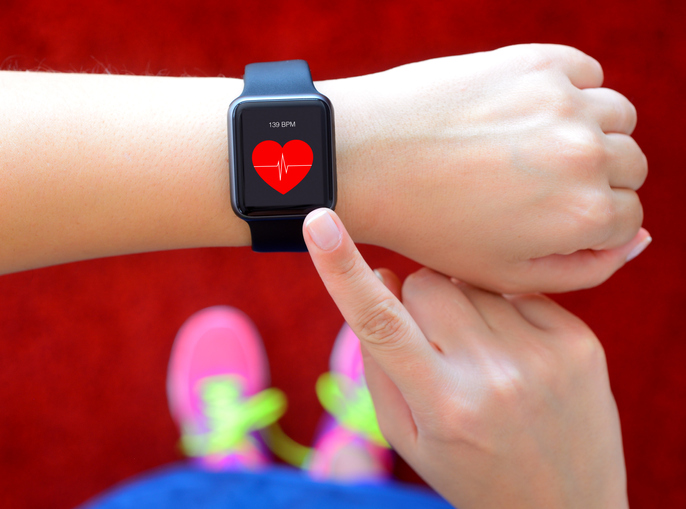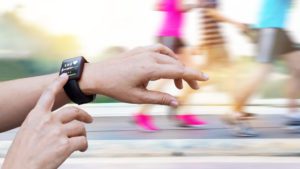Do triathletes still need to pay attention to their maximum heart rate?
Monitoring your heart rate provides valuable information about your body’s response to exercise and can be used to set intensity parameters for training and racing
 Photo by:
Getty Images
Photo by:
Getty Images
Here’s a piece of fitness information you’ve probably heard before: your maximum heart rate in beats per minute is equal to the number 220 minus your age (HRmax = 220-age). This is the most commonly used equation in fitness training. It is also incredibly inaccurate and you should not rely on it. According to this equation, every 20-year-old has a maximum heart rate (HRmax) of 200 bpm (beats per minute) and every 60-year-old has a HRmax of 160 bpm. This is not the case. This formula is regularly off by 10bpm and sometimes even more.
Many people will say that this doesn’t matter. Almost every watch you buy these days is GPS-enabled. Power meters and smart trainers have come down in price to the point where they are no longer a stretch for many triathletes. With all this data, why would you bother tracking your heart rate (HR)? I believe that tracking HR is still important because it is the only variable that we can easily measure that correlates directly to a physical event inside your body. It gives us valuable information about your body’s response to exercise and can be used to set intensity parameters for training and racing. It also has the unique advantage of going with you wherever you go and needing minimal equipment (just a watch with a second hand!) to measure.
 Related: Is heart rate training still relevant?
Related: Is heart rate training still relevant?
One of the most common ways to use HR is to track it in terms of percentage relative to maximum. This is where we run into problems with using the formula HRmax = 220-age. If you are using this formula to calculate your HRmax and are off by 10 beats, and are then aiming to workout at 75 per cent of your HRmax you might be working out at too high or too low an intensity. To compound this further, your HRmax will be different in swimming, running and cycling. The different positions you are in, the different amount of muscle mass used and your relative proficiency and experience in each of these activities will affect the maximum heart rate that you can obtain during that sport.
Instead of relying on a flawed formula, I recommend that you let your knowledge of your HRmax evolve over time. As you complete harder and harder workouts, the highest HR you have ever seen will increase, until you don’t see it increase any more no matter how hard you work. At that point, you will know your HRmax in that sport. As you do this in each sport you will develop a HR “profile” of yourself and will be able to tailor your relative efforts to the correct HR in all your training environments.
If you want more instant satisfaction in determining your HRmax, you can always opt for a direct test. Over the course of 8-10 minutes, ramp up your effort level in your sport until you are working as hard as you can. Then keep going for at least 2-3 min while trying to work even harder! The highest HR you record during this test is your HRmax. Now repeat that in each of your sports. I thought the first approach might sound a bit more appealing.
Whichever approach you end up using, knowing your true HRmax will let you use your heart rate data to its max to get the most out of your training.
Darian Silk is a triathlon coach and Clinical Exercise Physiologist based in Toronto. Read more about Darian here or email him at darian@teamatomica.com. You can also check out his TrainingPeaks profile here.
